Did you know that less than 10% of lost cats are reunited with their owners? Here at Second Chance, our adult cats are either owner surrenders or were brought to us as strays. When we post a found cat, we often get comments and inquiries from people who lost their cat- sometimes months before. While the reunion of lost cats and their people is not common, their people still hold out hope.
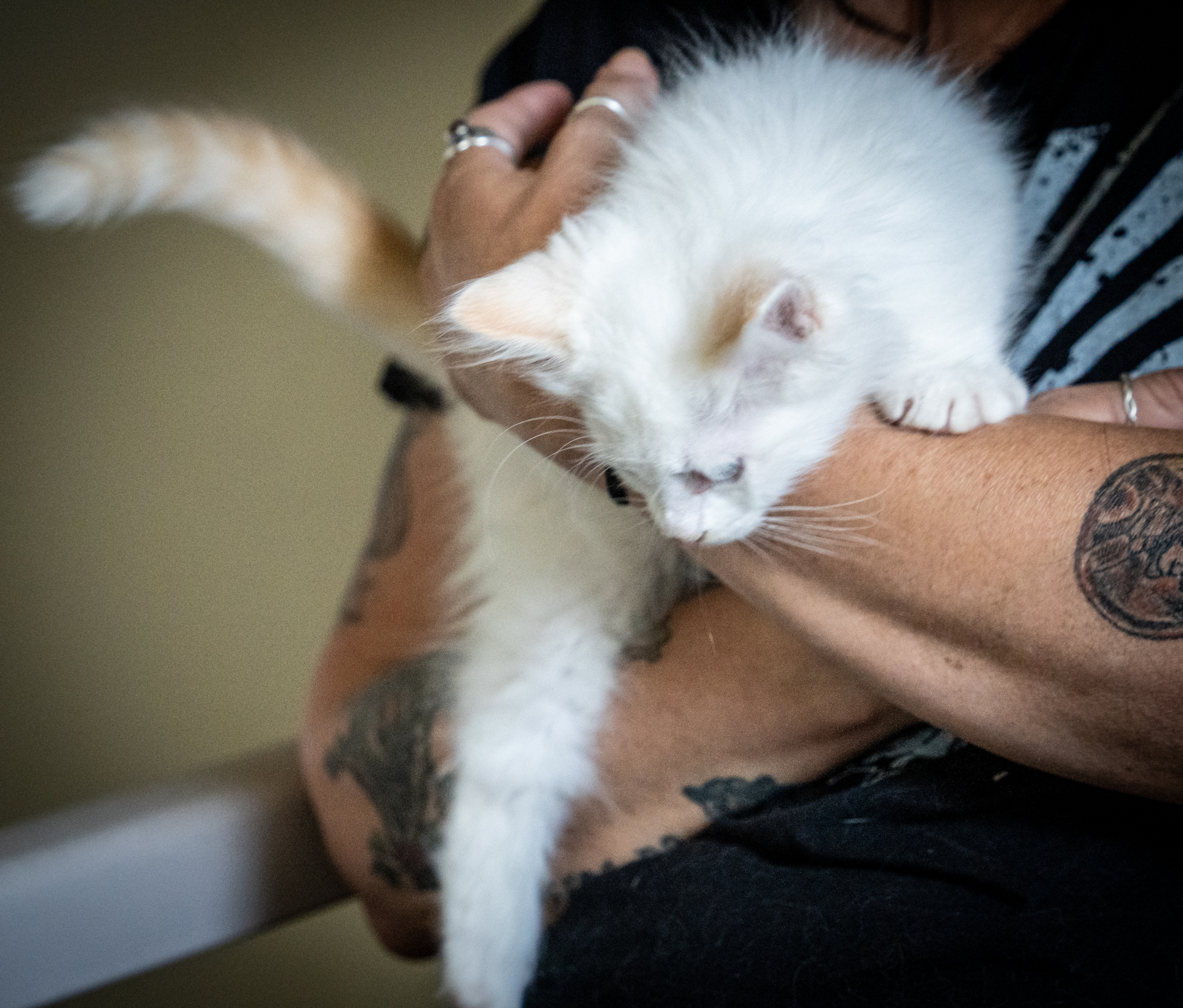
Caring pet lovers see cats in the neighborhood and want to help. When a cat is truly homeless, taking it to a shelter is the right thing to do. But, is that cat you see a stray or homeless? It might be someone’s outdoor or indoor/outdoor pet. These cats often have routes they frequent. People along these routes may start feeding them (which reinforces the route for the cat). After seeing the cat come by repeatedly, someone may bring him/her to a shelter.
Before making the trip to a shelter, consider the paper collar tactic to learn more about the roaming kitty. This clever trick was created to help keep cats safe and in their neighborhoods while alerting the cat’s owner to concerns a neighbor may have about the cat’s outdoor escapades. In many places, free-roaming cats are against the law, so this may also help the cat’s owner avoid a fine.
Here’s how it works. Write a message on paper, (use bright neon paper if possible to make it more visible) fold the paper into a strip/collar, and secure it around the cat’s neck with tape. It is safe because it can tear if the cat encounters trouble. Here’s an example of what the collar should say:
This cat has been visiting us lately. If this is your cat, please call or text me: ____________________________________________
You may need to make a new collar if the first one comes off. If the cat returns and you haven’t received any calls, attach a new one.
After attempting to locate the cat’s people, if there is no response, you should have the cat scanned for a microchip. Most veterinarian offices and shelters will do this for free.
In addition, ask your neighbors if they know anything about the cat, put signs around your neighborhood, share photos of the cat at your local shelters and veterinary clinics, and share on Nextdoor.com, and your local Facebook page or group.
If you have a cat who sometimes goes out for adventures, having a secure collar with id tags is essential. Microchips are also essential for pet identification, but should never be the only id. Reading a microchip takes a special scanner that an animal control officer or shelter will have, but your neighbor down the street will not. We offer microchipping at our Vet Services Clinic by appointment. While you’re there, we recommend updating your cat’s vaccines and getting him/her spayed or neutered as well.

My name is Ginger. I came to Second Chance when a kind person found me and brought me in. No one came to claim me, so I’m now waiting for my home. I am a young ginger and white girl who likes people, playing, and napping in high places.
Second Chance Humane Society’s Animal Resource Center and Thrift Shops have served San Miguel, Ouray & Montrose Counties since 1994. Our shelter is open to the public Tuesday through Saturday from 11 to 5:30. Our Community Veterinary Services are available by appointment. View our shelter pets and services online: www.secondchancehumane.org.

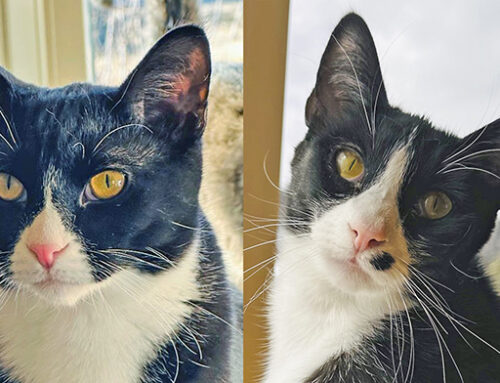
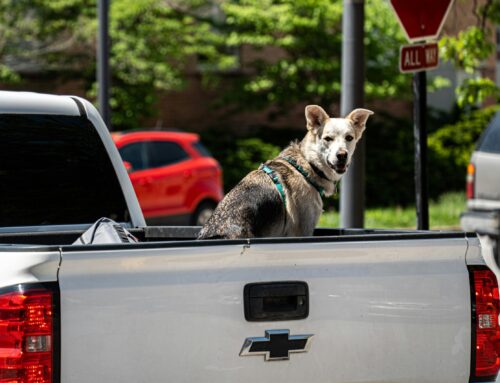
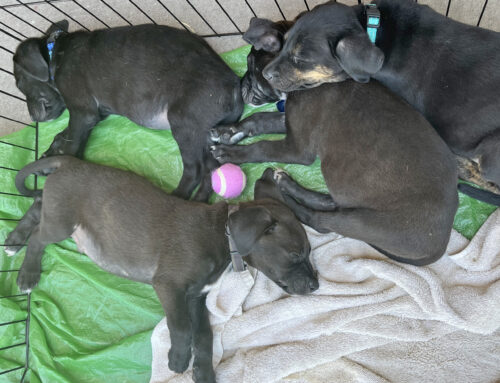

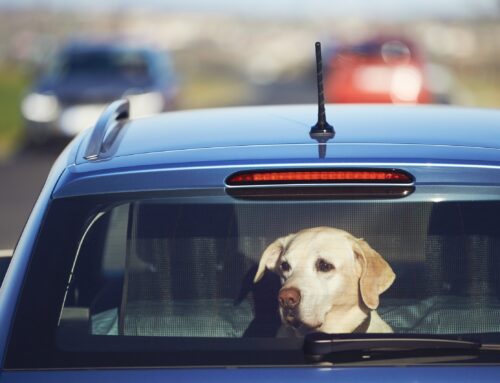

Leave A Comment